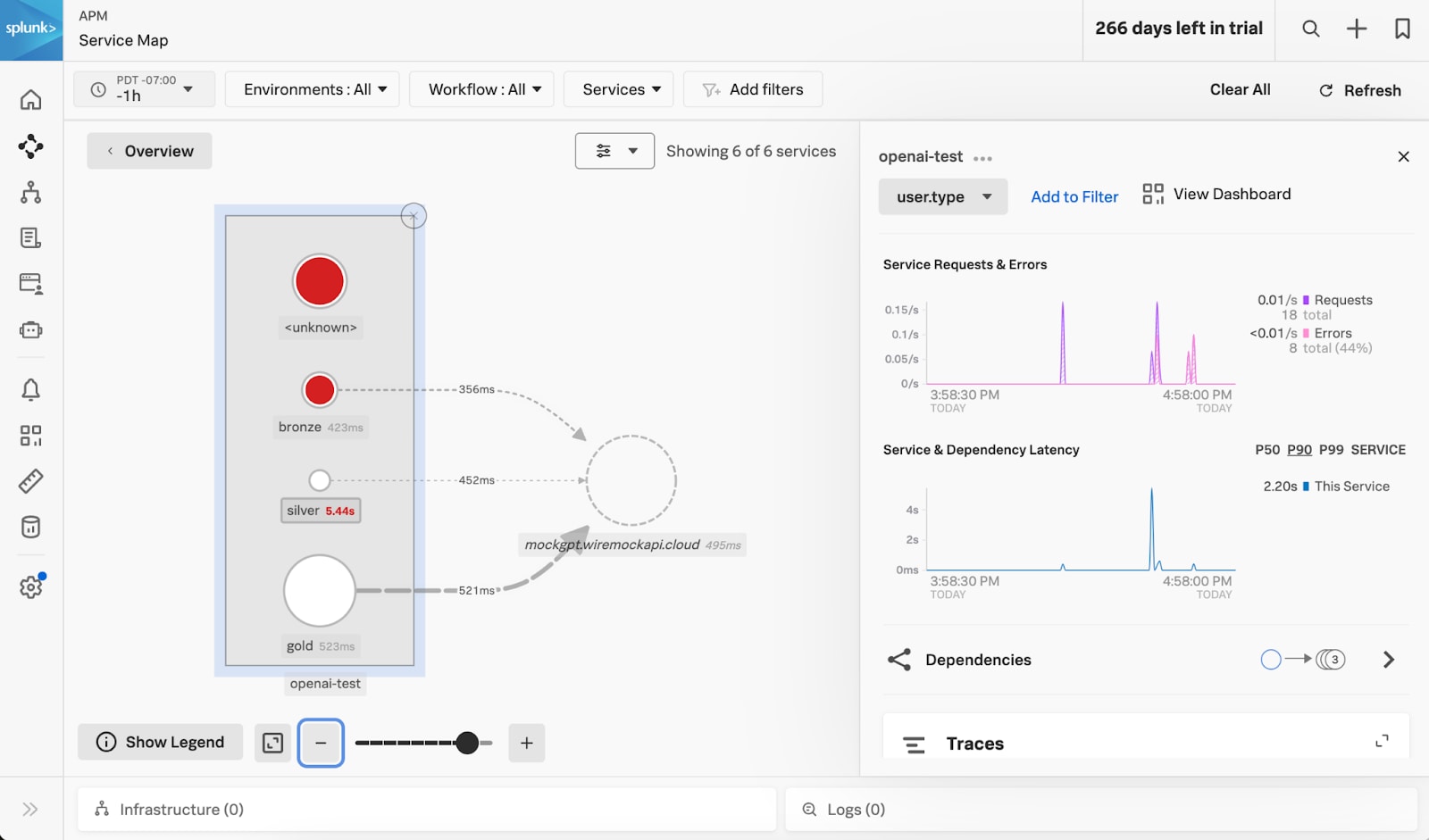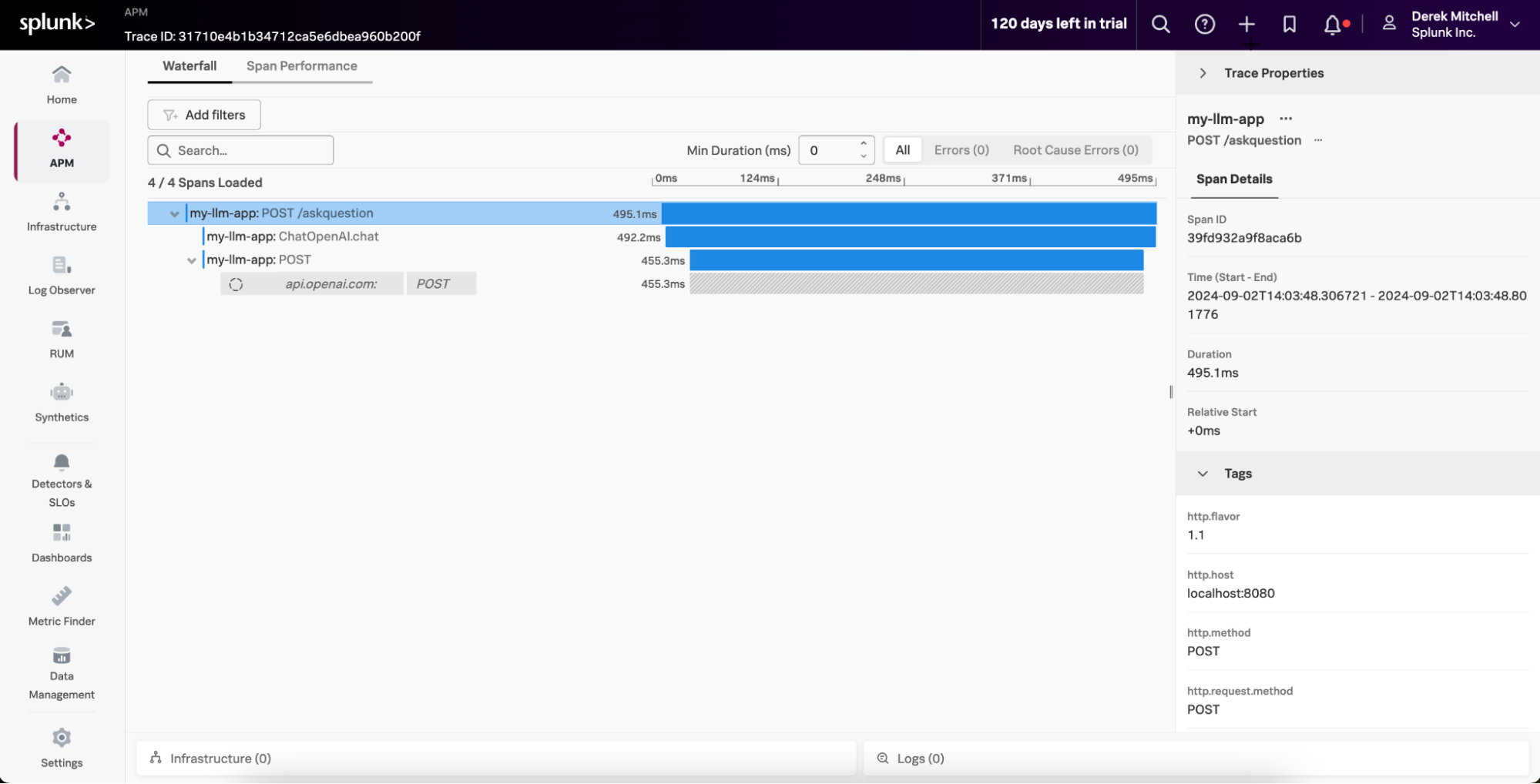Splunking GenAI Applications for Observability Insights

Has your organization finally developed that game changing generative AI application? Is your CTO, CIO, or CEO banking on it being a success? I bet they are! Now, here’s the big question: Are you prepared to monitor and troubleshoot your new application once users get engaged? Fear not, my boy Derek Mitchell has you covered with two incredible Splunk Lantern articles which goes deep into how Splunk Observability Cloud allows you to instrument GenAI apps to gain critical observability insights.
Concepts Covered
Many of us are still relatively new to generative AI concepts and lingo. I’ll admit, six months ago, I couldn’t even spell LLM. So not only does Derek get deep into Splunk and OpenTelemetry specific concepts, he’s taken the time to baseline those who are still getting up to speed on some common generative AI concepts such as:
- LangChain: Learn what LangChain is and how it helps accelerate the development of all facets of generative AI applications.
- Retrieval-Augmented Generation (RAG): Discover the RAG model and how it impacts results value and accuracy.
- Vector Databases: Understand the importance of vector databases and how to ensure they're scaling efficiently.
- Embeddings: Your organization's data is the secret sauce of your generative AI application’s value. Embeddings allow you to find the most appropriate data to use when generating results.
What’s in It for Me?
In these Lantern articles you’ll…
Learn tips for using Splunk Observability Cloud’s tools to visualize your genAI application using APM service trees to help issues which may affect your users.

Learn how to implement observability for key components of genAI applications such as instrumenting LangChain to ensure smooth performance and fast troubleshooting.

Understand how Splunk Observability Cloud and OpenTelemetry allows you to track latency and workflows to keep LLMs performing optimally.

I Love It! How Do I Get Started?
Look, you’ve come so far… your generative AI application has been developed, perhaps it’s already been deployed to production, you can’t afford to skimp or skip the last mile of Observability! Don’t miss out on the chance to learn how to keep your AI models running at peak performance. Head over to Derek’s two Lantern articles to get all the tools and knowledge you need for seamless observability:
- Instrumenting LLM applications with OpenLLMetry and Splunk
- Monitoring LangChain LLM applications with Splunk Observability Cloud
Happy Splunking!
Related Articles
About Splunk
The world’s leading organizations rely on Splunk, a Cisco company, to continuously strengthen digital resilience with our unified security and observability platform, powered by industry-leading AI.
Our customers trust Splunk’s award-winning security and observability solutions to secure and improve the reliability of their complex digital environments, at any scale.




